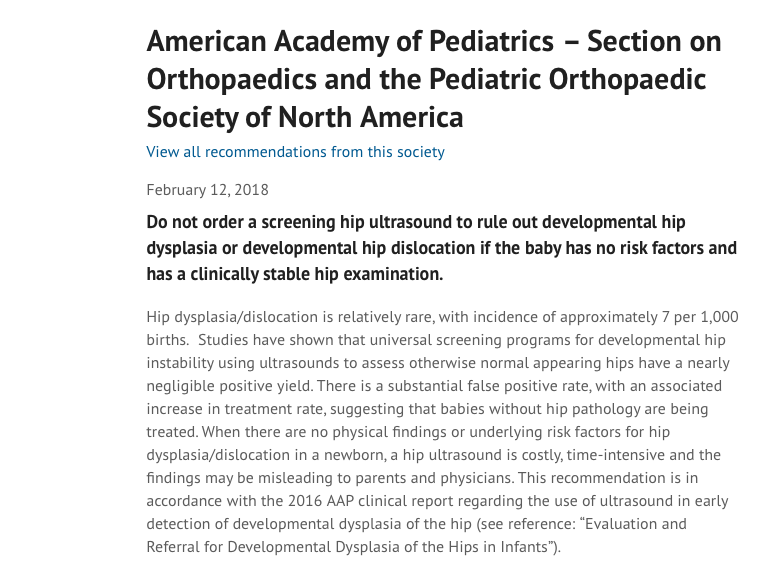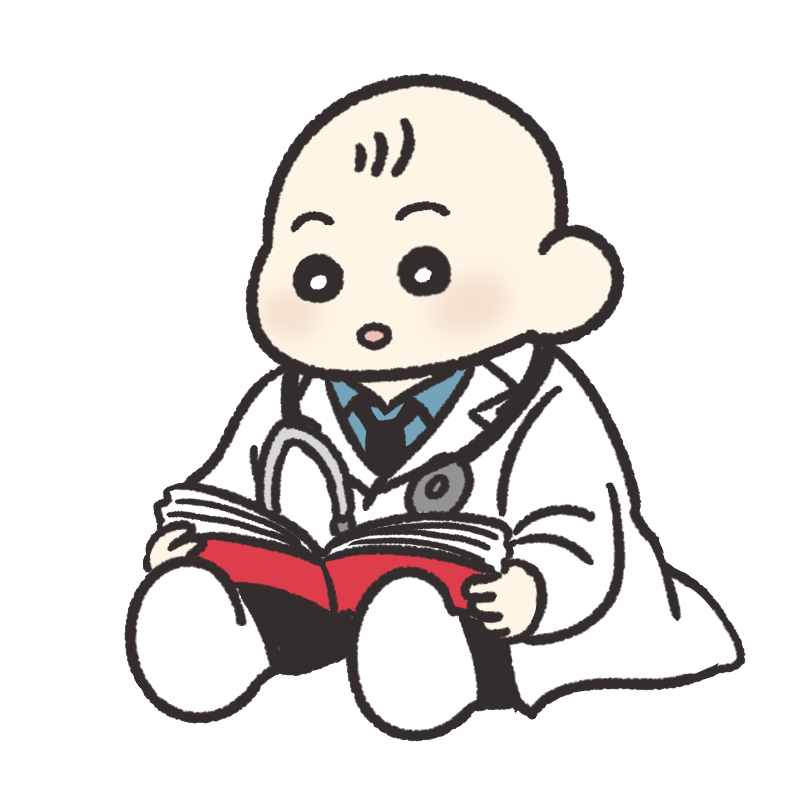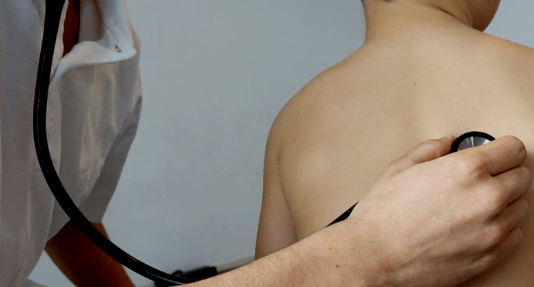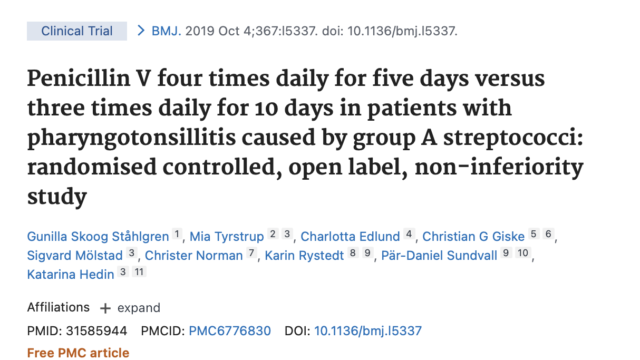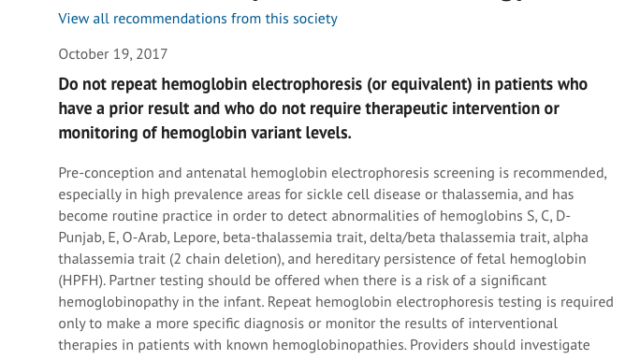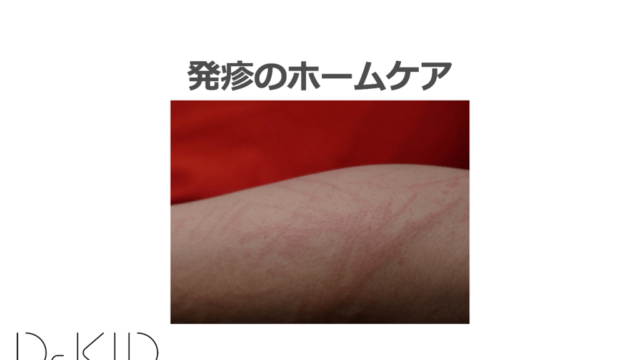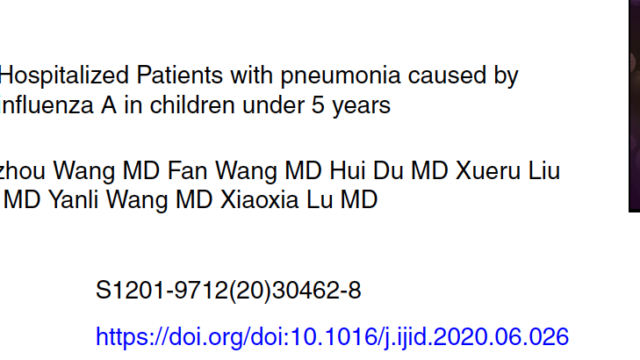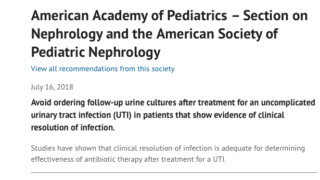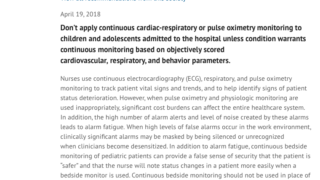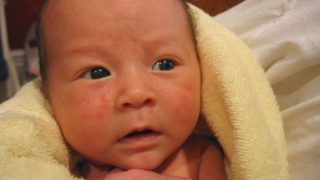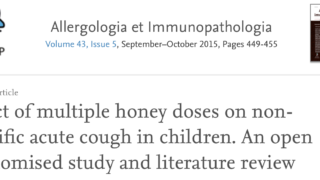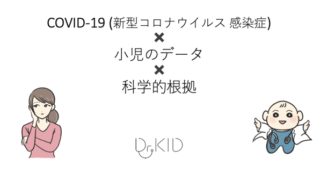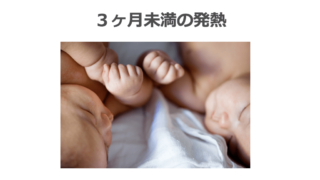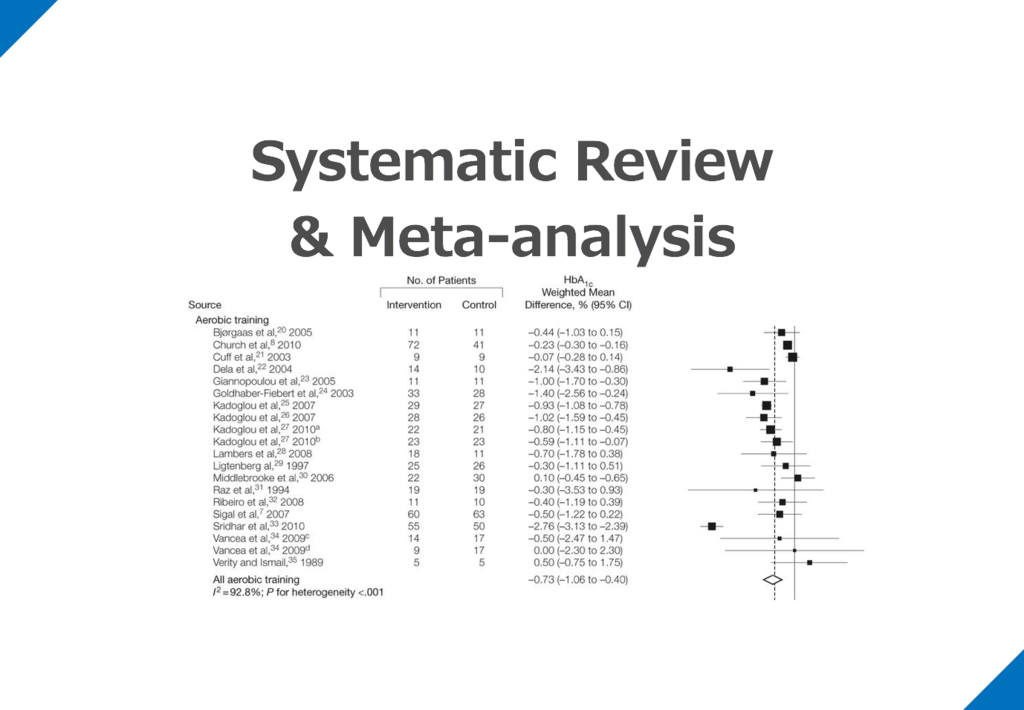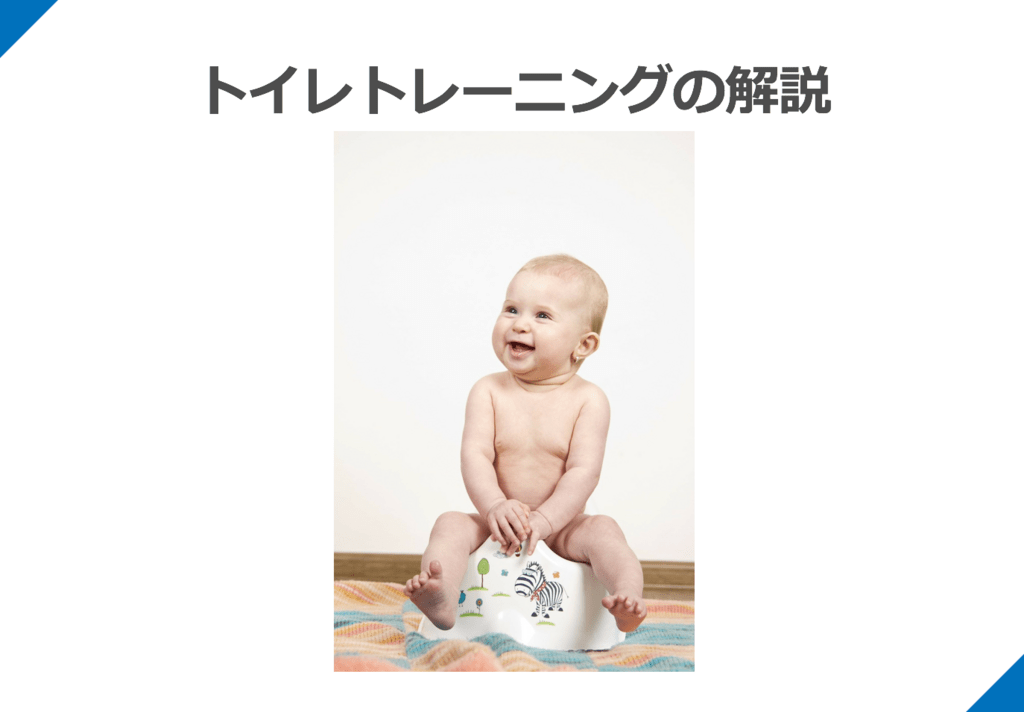今回は、先天性股関節脱臼に関してです。
この推奨を「choosing wisely」ではどのように記載されているのか紹介してみようと思います。
- Choosing wisely:先天性股関節脱臼の検査
- 疑わしい病歴や所見がない場合は、ルーチンで検査をしない
American Academy of PediatricsからのChoosing Wisely
軽度の内股歩行の8歳未満の子供に、レントゲン、装具や手術を勧めない[Choosing wisely]
Do not order a screening hip ultrasound to rule out developmental hip dysplasia or developmental hip dislocation if the baby has no risk factors and has a clinically stable hip examination.
Hip dysplasia/dislocation is relatively rare, with incidence of approximately 7 per 1,000 births. Studies have shown that universal screening programs for developmental hip instability using ultrasounds to assess otherwise normal appearing hips have a nearly negligible positive yield. There is a substantial false positive rate, with an associated increase in treatment rate, suggesting that babies without hip pathology are being treated. When there are no physical findings or underlying risk factors for hip dysplasia/dislocation in a newborn, a hip ultrasound is costly, time-intensive and the findings may be misleading to parents and physicians. This recommendation is in accordance with the 2016 AAP clinical report regarding the use of ultrasound in early detection of developmental dysplasia of the hip (see reference: “Evaluation and Referral for Developmental Dysplasia of the Hips in Infants”).
赤ちゃんに危険因子がなく、臨床的に股関節の所見に異常がない場合、先天性股関節脱臼を除外するためのスクリーニングとして、股関節超音波検査をしない。
股関節形成不全/脱臼は比較的まれで、出生1,000人あたり約7人の発生率です。
研究によると、正常に見える股関節を超音波でスクリーニング的に先天性股関節脱臼を評価しても、ほとんど無視できるほどの陽性率であることがわかっています。
誤診率はかなり高く、それに伴って治療率も上昇するため、股関節に病変のない赤ちゃんが治療を受けていることが示唆されています。
新生児に股関節形成不全/脱臼の身体的所見や基礎的な危険因子がない場合、股関節超音波検査は費用と時間がかかり、所見は両親や医師に誤解を与える可能性があります。
この推奨は、股関節の発達性異形成の早期発見における超音波検査の使用に関する2016年のAAP臨床報告に準拠しています(参考資料参照。”Evaluation and Referral for Developmental Dysplasia of the Hips in Infants”)。
考察と感想
疑わしい病歴や所見がない場合、先天性股関節脱臼のスクリーニングとして検査をしないという内容でした。一方で、どこから検査が必要か、その評価をどうしたら良いのかといった点は気がかりでした。
参考文献も読んで勉強しようと思います:
Mahan ST, Katz JN, Kim YJ. To screen or not to screen? A decision analysis of the utility of screening for developmental dysplasia of the hip. J Bone Joint Surg Am. 2009 Jul:91(7):1705-1719.
Laborie LB, Markestad TH, Davidsen H. Bruras KR, Aukland SM, Bjorlykke JA, Reigstad H. Indrekvam K, Lehmann TG, Engesaeter IO, Engesaeter LB, Rosendahl K. Selective ultrasound screening for developmental hip dysplasia: effect on management and late detected cases. A prospective study during 1991-2006. Pediatri Radiol. 2014 Apr;44 (4): 410-424.
Shorter D, Hong T, Osborn DA. Cochrane Review: Screening programs for developmental dysplasia of the hip in newborn infants. Evid Based Child Health. 2013; 8(1): 11-54.
Shaw BA, Segal LS, Section on Orthopaedics. Evaluation and referral for developmental dysplasia of the hip in infants. Pediatrics 2016; 138(6).
まとめ
今回は、先天性股関節脱臼と検査に関するchoosing wiselyをご紹介しました。
これ以外にも項目が出ているようなので、コツコツと読んでいこうと思います。
(2025/04/01 02:28:12時点 Amazon調べ-詳細)
Dr. KIDの執筆した書籍・Note
医学書:小児のかぜ薬のエビデンス
小児のかぜ薬のエビデンスについて、システマティックレビューとメタ解析の結果を中心に解説しています。
また、これらの文献の読み方・考え方についても「Lecture」として解説しました。
1冊で2度美味しい本です:
(2025/03/31 05:29:51時点 Amazon調べ-詳細)
小児の診療に関わる医療者に広く読んでいただければと思います。
医学書:小児の抗菌薬のエビデンス
こちらは、私が3年間かかわってきた小児の抗菌薬の適正使用を行なった研究から生まれた書籍です。
日本の小児において、現在の抗菌薬の使用状況の何が問題で、どのようなエビデンスを知れば、実際の診療に変化をもたらせるのかを、小児感染症のエキスパートの先生と一緒に議論しながら生まれた書籍です。
noteもやっています
当ブログの注意点について
当ブログは医療関係者・保護者の方々に、科学的根拠に基づいた医療情報をお届けするのをメインに行なっています。参考にする、勉強会の題材にするなど、個人的な利用や、閉ざされた環境で使用される分には構いません。
一方で、当ブログ記事を題材にして、運営者は寄稿を行なったり書籍の執筆をしています。このため運営者の許可なく、ブログ記事の盗用、剽窃、不適切な引用をしてメディア向けの資料(動画を含む)として使用したり、寄稿をしないようお願いします。
ブログの記載やアイデアを公的に利用されたい場合、お問い合わせ欄から運営者への連絡お願いします。ご協力よろしくお願いします。
